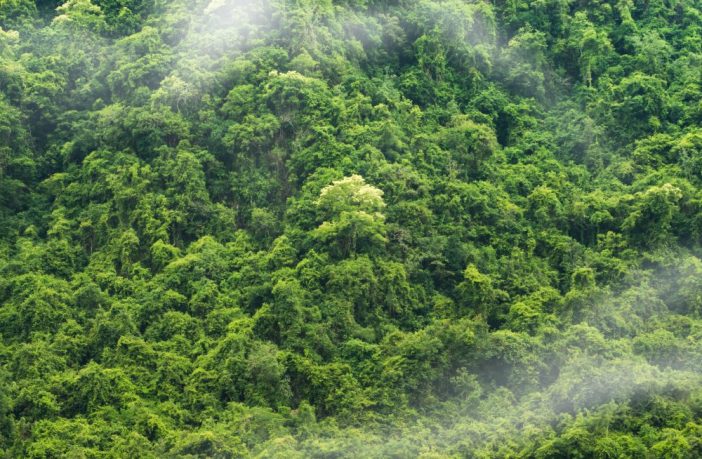Environmental scientists from the OU have discovered that trees growing in the Amazon floodplains surrounding the Amazon River emit as much methane (CH4) into the atmosphere as all of the world’s oceans.
These trees growing in seasonal wetland areas of the Amazon contribute between 15.1 and 21.2 million tonnes of CH4 to the atmosphere every year, comparable to 18 million tonnes from the oceans*. The research was conducted in collaboration with academics from the University Federal of Rio de Janeiro, the Universities of Leeds, Linköping, British Columbia, and other partners.
Co-author of the research, which has been published in the journal Nature, Professor of Global Change Ecology, Vincent Gauci, explains.

Professor of Global Change Ecology, Vincent Gauci
What is the research about?
“Great swathes of the Amazon become flooded forest for a large part of the year, which are ideal conditions for the production of methane. However, methane emissions measured from the water surface over the last few decades didn’t add up to what satellites and models were suggesting was the real amount of methane coming out of the Amazon.
“We measured the gas emissions from the trunks of over 2,300 Amazonian floodplain trees, and found that the trees, which act as chimneys, were funnelling the methane produced in the soil.”
Is this a major issue for the Amazon or, indeed, the Earth?
![Methane molecule [CH4]](https://ounews.co/wp-content/uploads/2017/12/Methane-Molecule-800x600.jpg)
Methane molecule [CH4]
“Whilst the process is natural, these emissions could respond to environmental change, such as the programme of dam building across the Amazon basin.”
Are you saying that we should clear away floodplain trees growing in the Amazon?
“Absolutely not – the diffusion of methane is how a natural forest with floodplain trees functions. We now have a fuller picture of the sources of greenhouse gas emissions and this could help to inform how environmental change can have a knock on effect on the Amazon floodplain methane source.
Emissions from these Amazon trees are still only half as much as those created by humans in the form of landfill and waste, so we should be targeting reductions in human emissions. This also includes the dairy and meat industries, and fossil fuel emissions, such as from fracking.
The research, ‘Large emissions from floodplain trees close the Amazon methane budget’, is published today in the journal Nature.
*Saunois et al, 2016



